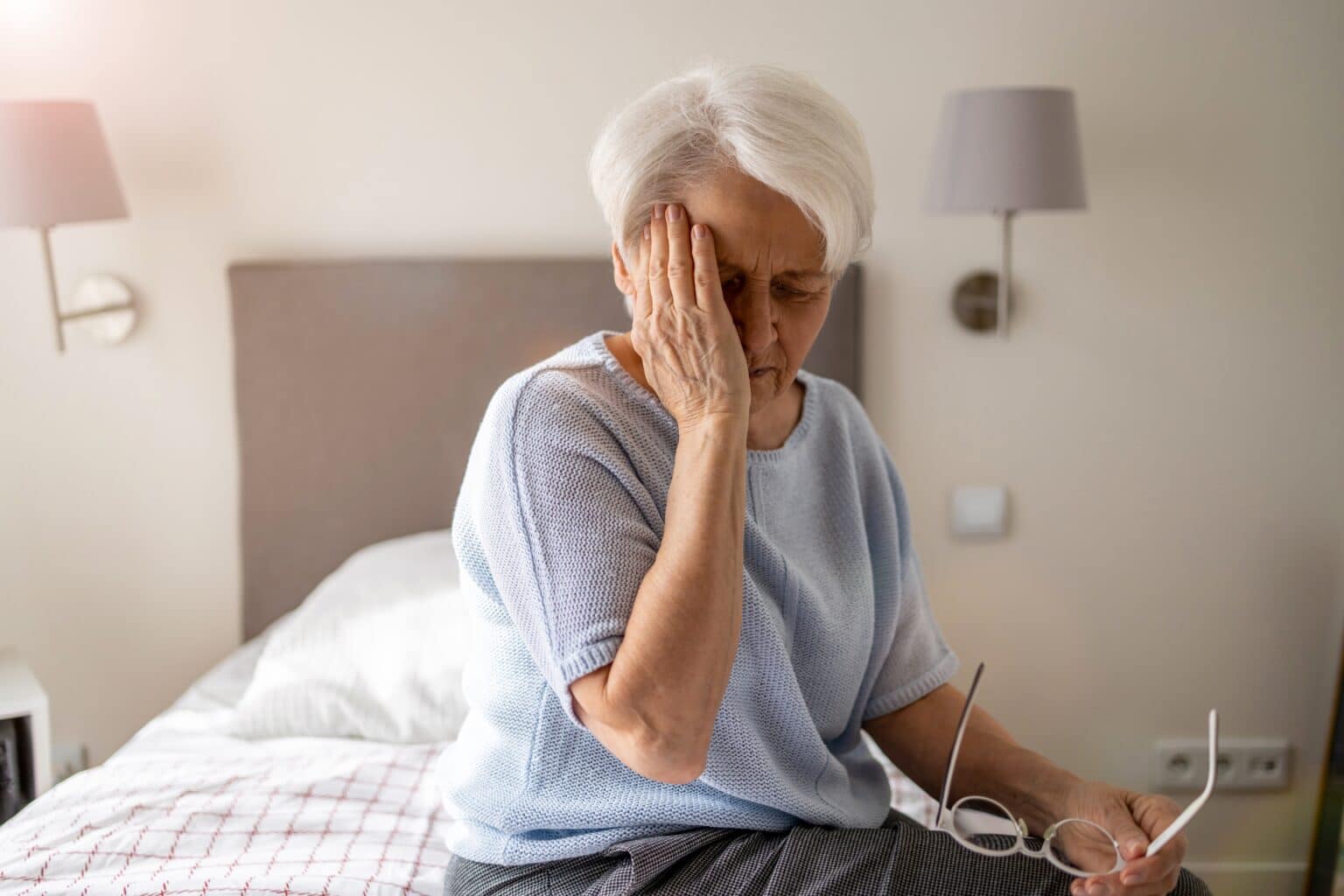Traumatic brain injuries (TBIs) are shockingly common and are a leading cause of disability and death in the United States. In 2014 alone, TBIs contributed to nearly 3 million emergency department visits, hospitalizations, and deaths. Sadly, over 54,000 adults and 2,500 children lost their lives due to TBIs that year.
It’s important to understand that TBI symptoms can vary significantly among individuals. This includes differences between children and adults, as well as men and women.
Recognizing these differences is essential to ensure appropriate care and support for those affected by TBIs.
What is a traumatic brain injury?
TBIs can arise from violent blows or jolts to the head or body, as well as from objects penetrating brain tissue. Falls and car crashes are among the top causes of TBIs, as severe blows to the head result in the brain colliding with the skull, potentially causing brain damage.
Falls alone account for nearly half of all TBI-related emergency department visits, with older adults and children under 17 being particularly susceptible.
The severity of TBIs can vary significantly. The most prevalent form of TBI is a concussion. While mild TBIs can be recovered from within days, severe cases can lead to permanent brain damage or even death.
What are the common symptoms of a traumatic brain injury?
TBIs can have a wide range of physical and psychological effects. The symptoms can vary depending on the severity of the injury and may appear immediately or in the days and weeks that follow.
Physical symptoms of a TBI may include headaches, nausea, fatigue, problems with speech, and dizziness. More severe cases may involve loss of consciousness, persistent headaches, seizures, and numbness in your fingers and toes.
Sensory symptoms can also occur, such as blurred vision, ringing ears, changes in your ability to smell, and sensitivity to light or sound.
Mental symptoms of a TBI can include memory or concentration issues, mood changes, and insomnia. In severe cases, confusion, agitation, and slurred speech may occur.
Anxiety can involve fear, a racing heart, sweating, and feeling overwhelmed. Depression may involve sadness, irritability, appetite changes, and thoughts of self-harm.
These are common TBI symptoms, but other symptoms may arise based on a person’s age, sex, and other factors.
How can TBI symptoms differ between men and women?
Traumatic brain injuries (TBIs) can present unique challenges to both men and women.
While TBIs can affect anyone, around 80% occur in males. Although TBIs are less common in females, they often require more neurosurgical interventions and have a higher mortality rate compared to males.
Men also have a higher likelihood of experiencing aggression after a traumatic brain injury.
Understanding these differences is crucial for providing tailored care, support, and interventions for individuals affected by TBIs.
Further research and targeted approaches are needed to address the specific needs and challenges faced by different sexes after a traumatic brain injury.
How can TBI symptoms differ across age groups?
Traumatic brain injuries are not only more common among people older than 65, but they present unique challenges in this age group.
Falls, often from standing height, are the primary cause of TBI in older adults, with more women affected. In contrast, motor vehicle crashes are the leading cause in younger adults, with more men affected.
After a traumatic brain injury, age differences in TBI symptoms and functioning show that older adults are more likely to experience physical symptoms such as fatigue, balance and coordination problems, and heightened sensitivity to noise, while younger adults may have more psychological symptoms like anxiety.
Older adults with TBIs generally experience higher morbidity and mortality rates, slower recovery trajectories, and worse functional and cognitive outcomes compared to younger individuals. Hospitalized older adults often require extended stays and have greater disability and dependency after discharge.
Infants and young children can also experience TBIs, primarily from falling and vehicle crashes. TBIs in children can present differently than in adults, such as changes in eating habits, persistent crying, attention changes, and loss of interest in favorite activities.
Why do you need to seek immediate medical care after a head injury?
If you suspect a traumatic brain injury, we highly recommend that you seek medical attention immediately. The sooner your TBI is diagnosed and treated, the better the outcome and recovery process.
Even if your head injury is categorized as “mild,” it still requires accurate evaluation and diagnosis.
If you notice any signs or symptoms of a TBI following a recent traumatic head injury, reach out to your doctor or seek emergency care as soon as possible.
The majority of the information for this article was sourced from The Mayo Clinic. Please consult with your doctor(s) before making any medical decisions.




